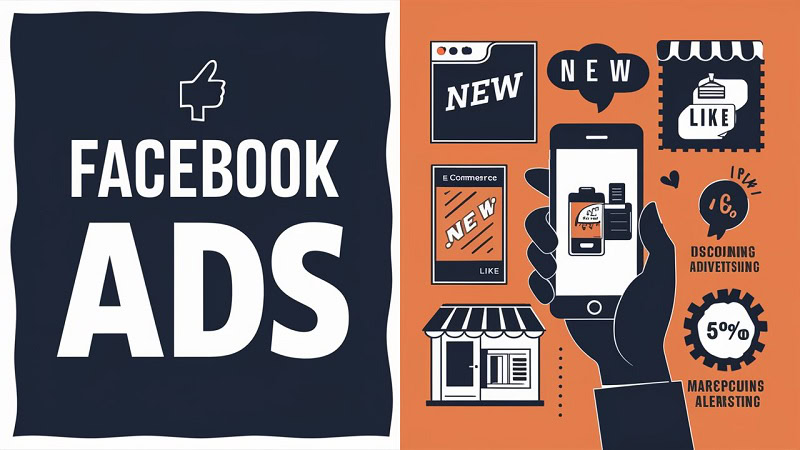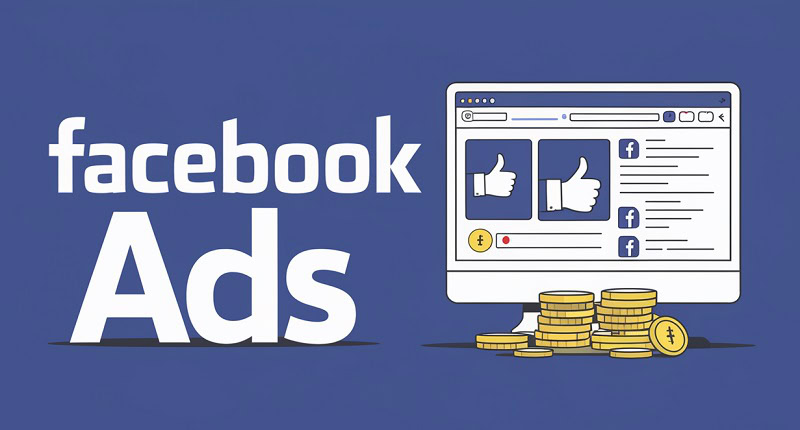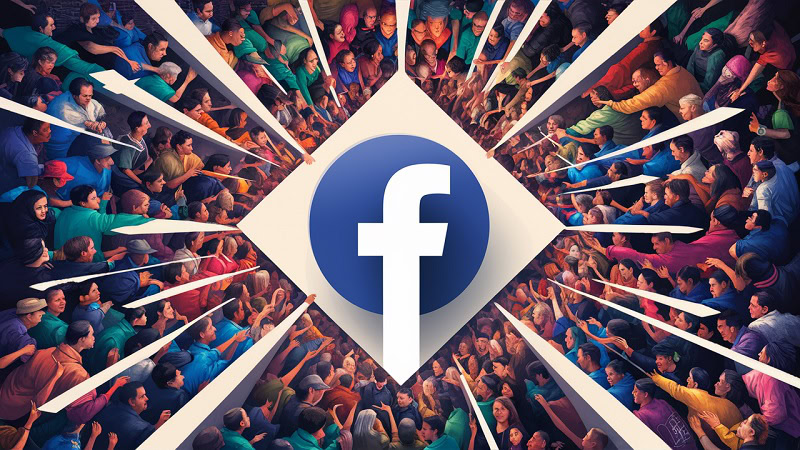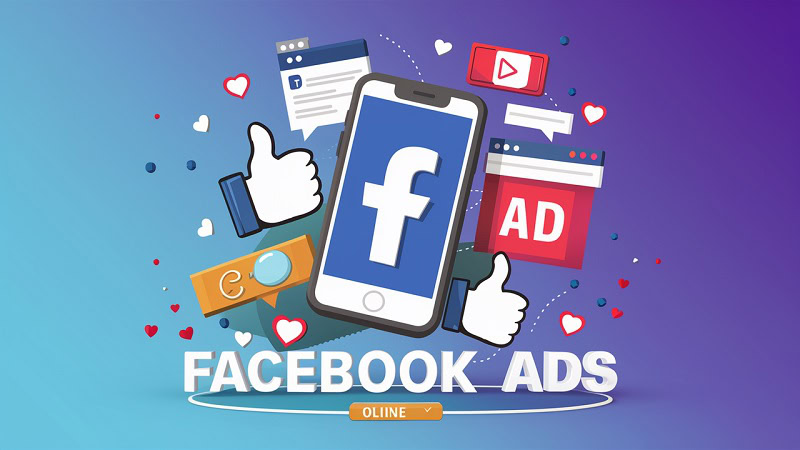
About author: Hana Sedjari is the creative force behind Upbeat Agency’s compelling content, expertly crafting ad creatives that capture attention and drive engagement.
Improving Facebook ad performance can feel a bit like spinning plates.
There are so many factors that can impact your results.
Creative assets, audience targeting, format selection, campaign optimisation.

Boost E-Commerce ROI: Download Our Free CPA & ROAS Calculator
The list goes on.
Wouldn’t life be so much easier if someone shared a few killer best practices for Facebook advertising?
Oh, wait. We can do that.
We’ve created the ultimate guide to Facebook best practices, including expert strategies and proven techniques that will supercharge your conversions. Read on!
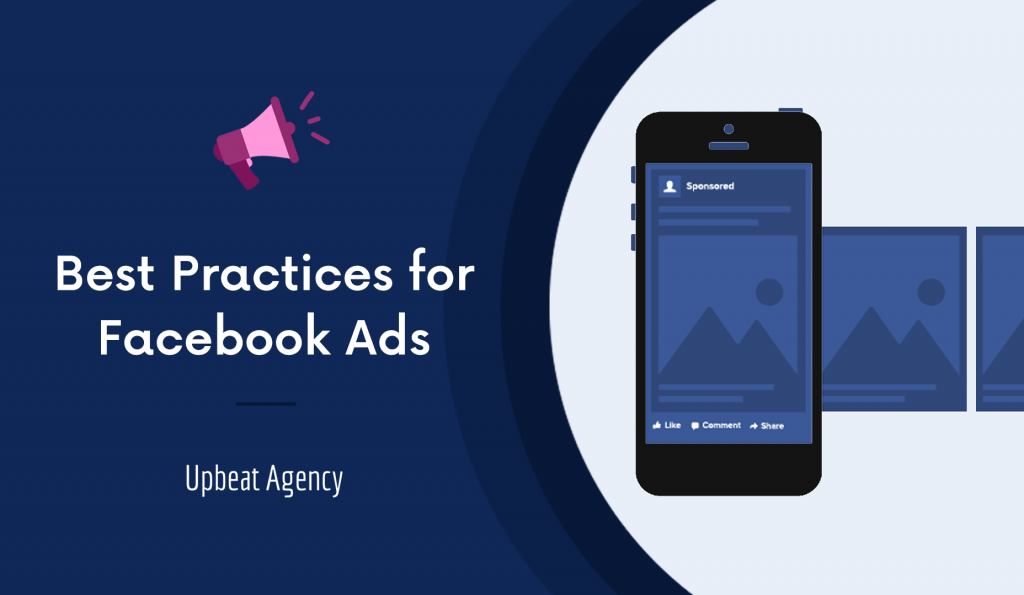
How do Facebook ad campaigns work?
Let’s take a step back before we dive into the technical details.
How can e-commerce advertisers use the Facebook platform?
There’s a lot to unpack here. But we’ll keep it brief.
Marketers can launch various Facebook ad formats.
Standard paid social formats are available (i.e. Single Image ads, Video ads) that can effectively drive reach with simple creative messaging.
However, more sophisticated formats are also accessible. Placements like Carousel ads and Collection ads can showcase full product collections and deliver high volumes of sales.
These ads can be delivered to various different user groups, including demographic segments and first-party audiences.
What about other advertisers on the platform?
It’s true that your competitors are also likely to be active on Facebook.
They could even be targeting the same audiences as you. So who gets first dibs?
Well, every impression served on Facebook is decided through a real-time auction.
Your bidding strategy is key to success in these auctions.
This strategy is based on the actions that you’re looking to drive and dictates how much you’re willing to pay for them.
For example, you might want to maximise the conversions delivered within your budget, or you may focus on achieving sales at a set cost.

But it’s not all about the amount you’re bidding.
The quality of your advertising will also impact auction performance.
Facebook uses a system called Ad Relevance Diagnostics to figure out how engaging and relevant your campaign is for your target audience.
If you’re running quality ads that are delivering high levels of engagement, you’ll be able to reduce your bid costs and drive more efficient conversions.
Why should e-commerce brands advertise on Facebook?
What makes Facebook advertising so profitable for e-commerce businesses?
There are a lot of good reasons to advertise on the platform. But here are three of the biggest benefits for digital marketers.
You can drive enormous reach.
Around 2.9 billion monthly users are currently active on Facebook.
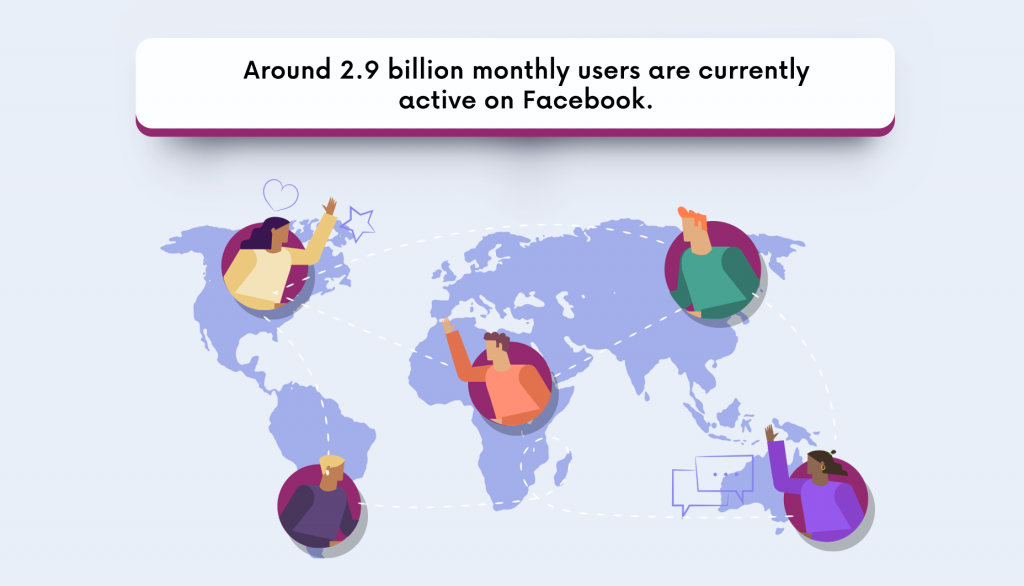
That’s a big number that can deliver big results for your business.
With so many prospects available to target, you’re guaranteed to find valuable customers on the platform – particularly when Facebook targeting is so advanced.
Facebook presents advertisers with a wide range of targeting options. Whether you’re keen to reach a broad audience or a super-granular segment, you’ll be able to capitalise on this colossal user base.
The platform is always evolving.
Facebook is also constantly opening up new commercial options for advertisers.
Ad formats are evolved and new targeting tactics are developed, providing e-commerce brands with exciting opportunities to increase revenue.
The platform also regularly releases case studies that demonstrate how businesses have achieved success or tackled their objectives.
Reading these case studies can be a brilliant way to gather insights and find inspiration, so if you’re grappling with a tricky KPI or target, you can always use these resources to help.
You can achieve a range of objectives.
Whatever your business goals are, you’ll be able to find effective solutions on Facebook.
The platform allows businesses to tackle a wide range of different objectives, from driving Brand Awareness to increasing App Installs.
Campaigns can be optimised towards specific goals, and rich data allows brands to accurately track metrics such as Cost Per Click and Cost Per Acquisition.

Plus, the ability to experiment with diverse ad formats is key.
Certain Facebook ad placements may be better suited to tackling specific objectives, so brands can test different formats to find the best approach.
Which audiences can I target on Facebook?
Getting your ads in front of the right users is crucial to increasing conversions.
Fortunately, Facebook offers a wealth of smart targeting options to e-commerce advertisers.
Standard Facebook audiences
If you’re looking for off-the-shelf Facebook ad targeting solutions, standard Facebook audiences can be launched very quickly.
These segments are based on existing user data, so all you need to do is build an audience profile.
These standard audiences include:
- Demographic (based on age, gender, language)
- Location (based on country, region, postcode)
- Interest (based on user interests – health, business, fashion, etc)
- Behaviour (based on purchase history, device usage, browsing habits, etc)
Custom Audiences
If you’re keen to create more advanced segments, Custom Audiences are a fantastic option.
Custom Audiences are generated from real user data and behaviours, so advertisers can be supremely confident in the quality of their targeting.
We’d strongly recommend investing the time to set up Custom Audiences on Facebook.
Campaigns using these segments often perform exceptionally well, delivering cost-efficient results and allowing you to focus exclusively on the most valuable prospects.
Custom Audiences can include:
- Customer Files (based on matching your first-party customer data with FB profiles)
- Web Traffic (based on retargeting those users who have visited your site)
- App Activity (based on retargeting users who have interacted with your app)
- Engagement (based on retargeting users who have interacted with your ads)
Implementing the Facebook pixel is fundamental to retargeting Web Traffic segments, so we’d recommend getting this installed as quickly as possible.
These retargeting audiences can be some of the most profitable users to target, and the Facebook pixel can begin gathering data as soon as it’s created.

Lookalike Audiences
If you’re seeing positive returns from one of your Custom Audiences, why not build on this success?
Although you can’t clone your most valuable customers, you can run Lookalike Audiences.
(Which is the next best thing.)
The Facebook algorithm can replicate your best performing Custom Audiences by identifying users with similar profiles, effectively expanding the reach of your most profitable tactics.
5 proven strategies for high-ROI Facebook ads
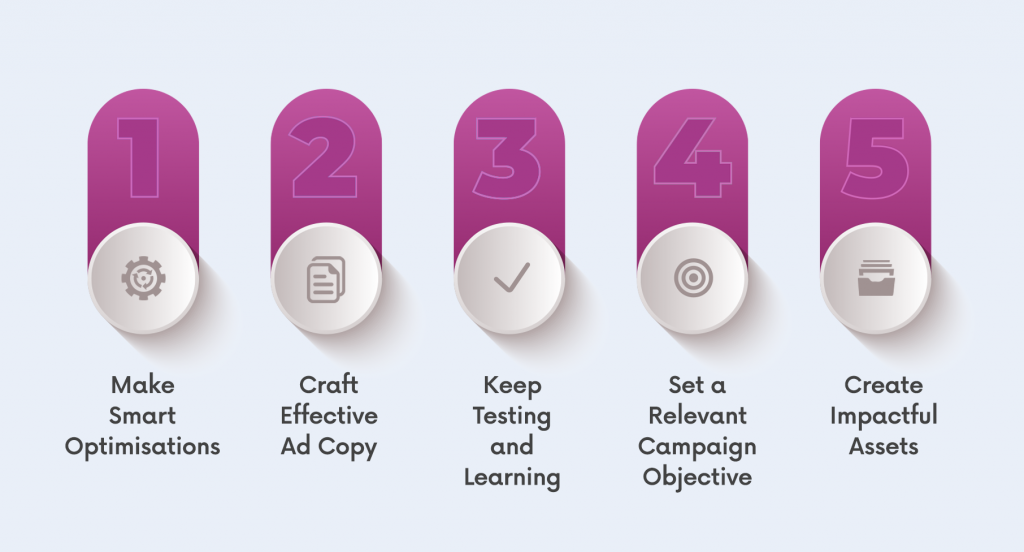
We’ve been driving jaw-dropping results for our e-commerce clients for a long time.
And we’ve learnt a few things along the way.
Below you’ll find a selection of Facebook advertising best practices that will help your campaigns to generate more clicks, more conversions and more revenue.
1. Make smart optimisations
Running a successful Facebook campaign is a bit like growing a plant.
They both require constant nurturing and attention if they’re going to thrive.
OK, the analogy ends there. But our point still stands.
Your work isn’t done once your new ad campaign launches. To squeeze optimal results from your Facebook budget, you’ll need to make tactical optimisations.
Pay close attention to your campaign reports and make adjustments where necessary.
Ensure that efficient formats and audiences have healthy budgets, and don’t hesitate to pause any tactics that aren’t performing.
Making regular optimisations takes time, but these small changes can pay off in a big way.
2. Craft effective ad copy
It’s all too easy to neglect your Facebook ad copy.
But polishing your headlines, ad text and CTAs can make a monumental difference to your conversion rate.
Images or videos may grab the attention of your target audience, but to push a purchase over the finish line, you need to follow up with compelling ad copy.
When it comes to your headlines and ad text, keep it punchy.
Your audience is most likely rattling through their news feed at a high speed, and they won’t hesitate to scroll past your ad if you don’t keep them engaged. Focus on the most persuasive or exciting product benefits within your copy.
Your call to action also needs to be crystal clear. Potential customers need to know exactly what to expect when they click, so make sure that your message fits the customer journey.
3. Keep testing and learning
A solid test & learn advertising strategy is key to improving Facebook performance.
Be sure to regularly trial new ad formats, creative assets and target audiences.
It’s all about consistency.
Small tweaks can make a huge impact on your results – it could be a variation of a headline, a fresh CTA, or a new Custom Audience.
It’s also important to set new benchmarks as your campaigns progress, so you can be confident in assessing the performance of different tactics. Keep a close eye on your reports and build on any successful tests.
4. Set a relevant campaign objective
Picking the right objective at the start of your campaign is crucial.
The Facebook platform will automatically optimise towards your chosen goal, which has a direct impact on performance.
For example, if you’ve selected a ‘Traffic’ objective, the algorithm will focus on targeting Facebook users who are more likely to click your ads.
If you’re actually looking to generate leads, this won’t be particularly helpful for your performance.
Your objective should also influence other elements of your ad campaigns, such as your ad creative and target audience, so think carefully about your options.
5. Create impactful assets
Producing effective Facebook ads doesn’t need to be complicated.
You just need to get the basics right.
Start by making sure that your visual assets are bold, eye-catching and likely to stand out in a busy news feed.
An impactful ad doesn’t require an eye-watering production budget, but it does need to capture attention and generate interest.
Your ads should also focus strongly on your products. Showcase them as clearly as possible, and try to convey any special benefits or features within the visuals.
It’s also a smart idea to diversify your Facebook ad content. Rotate in different types of assets to keep things fresh, such as a UGC Video Ad or a ‘how to’ Carousel Ad tutorial.
This will help to drive consistent clicks and conversions over time and prevents your advertising from becoming predictable.

Setting up a new Facebook campaign
Now that you’re fully up to speed with tried & tested best practices, let’s look at how you can set up a new Facebook campaign.
1. Log in to the Facebook Ads Manager.
2. Navigate to the Campaigns tab and click the ‘+Creative’ button.
3. Select your desired campaign objective. Make sure this aligns with your business goals, as the Facebook algorithm will optimise towards this specific objective.
4. Assign a name to your new ad campaign. Ideally, something memorable to avoid confusion later down the road.
5. Set up your campaign budget and bidding strategy. You’ll also be prompted to select a daily or lifetime budget and confirm your live dates, which will influence the pacing of your ad spend.
It’s also important to highlight campaign budget optimization here. This is a tool that allows advertisers to set a central budget that the Facebook algorithm then spends across multiple ad sets to achieve optimal results.
If you’re new to Facebook advertising, this can be a very helpful tool to utilise.
6. Prepare your audience targeting. Remember, you can always test different targeting options across multiple ad sets.
7. Select your desired ad placements. The platform will automatically assign placements by default, but you can use the ‘Manual’ option for more control.
8. Set up your Facebook ad set by selecting ad types, uploading your visual assets and entering your ad copy. Stick to creative best practices here!
9. Once you’ve completed all of these steps and you’re happy with the campaign structure, hit Publish.
And there you have it. A successful launch of a brand new Facebook campaign!
For help with your campaigns from an expert Facebook advertising agency please get in touch.
Handy resources for Facebook advertisers
Need a refresher on the Facebook fundamentals? We’ve got you covered.
Below are some helpful resources to keep you on the right track.
(Plus, you can always refer back to this guide. We’re not going anywhere.)
- How To Conduct A Facebook Ads Audit – Your Comprehensive Guide
- How to increase ROAS (return on ad spend) on Facebook
The world of Facebook e-commerce advertising is fast-moving.
Effective tactics frequently change, and new trends constantly emerge within social media marketing.
However, you can always rely on these best practices to keep you heading in the right direction.
Stick to these guidelines as much as possible, and you’ll be running high-converting ads fuelled by cost-efficient strategies before you know it. Best of luck!


